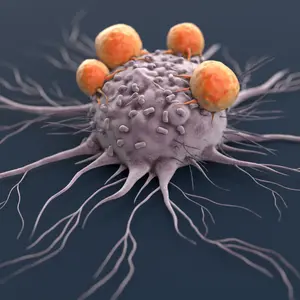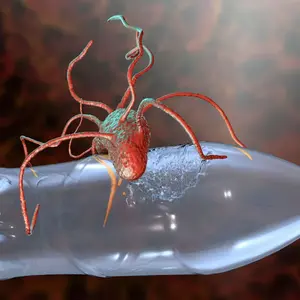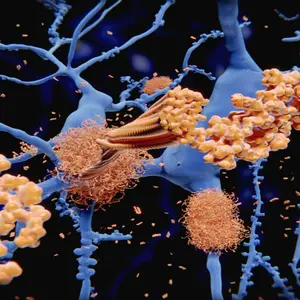

Emerging

Emerging
Science Behind Perceptions of Pain
Researchers from the National Institutes of Health have uncovered new details about how our nervous system senses heat and touch, as well as how inflammation can change these sensations and lead to pain. The study, published in Nature, helps explain the biological basis for different types of inflammatory pain, including long-lasting pain, increased sensitivity to painful stimuli (called hyperalgesia), and pain caused by normally harmless contact (called allodynia).
The study focused on nerve endings in the skin, which normally help us detect and interpret sensations like temperature and pressure. Using advanced imaging and detailed molecular mapping in mice, scientists examined how specific types of sensory neurons (nerve cells that detect physical sensations) respond to heat and touch. They then studied how these responses change after inflammation is introduced.
A key experiment involved injecting mice with prostaglandin E2, a chemical produced in the body during inflammation that plays a role in causing pain. The researchers observed that this triggered long-lasting activity in a specific group of sensory neurons called nociceptors, which are responsible for sensing potentially harmful stimuli. These neurons became more sensitive to heat, a change that depended on a protein called TRPV1—best known as the receptor that makes chili peppers feel hot.
Interestingly, the researchers found that touch-related pain from inflammation (called tactile allodynia) worked through a different process. Instead of changing how touch is detected, the pain came from constant firing of the same nociceptors involved in detecting injury or inflammation. When these neurons were blocked, the pain from light touch disappeared, suggesting that the touch-sensing nerve cells themselves were not the cause. This supports earlier research pointing to another protein, PIEZO2, which helps detect gentle touch, as a factor in this type of pain.
The findings offer a clearer picture of how inflammation alters pain signaling in the nervous system. This better understanding may help guide the development of more precise treatments for chronic pain.


 By
By







